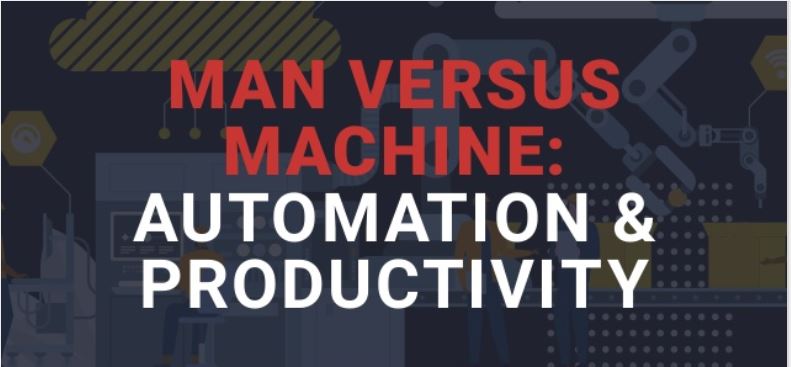Automation has many benefits. Among the advantages are these: It frees up employees from performing manual or repetitive tasks and allows them to focus on tasks that require more thinking and analysis. It increases productivity and the quality of products. It speeds up the time to do the job, facilitating business growth.
Are there drawbacks to automation? Yes, of course, the main one being financial. Automation and robotic equipment and the software required to run them are pricey. However, investing in automation results in a payback after a certain amount of time has passed, and this occurs at the point at which increased productivity and sale revenue outweigh the combined capital and labor costs.
Some employees are concerned about being replaced by machines. These employees are not always replaced; instead, they are often retrained to operate, adjust and monitor the automated system. The new jobs created by automation tend to be safer and far less repetitive than the previous ones on the production line.
What about executives and white-collar workers? Their jobs may be automated as well, usually through software programs that perform repeatable administrative tasks such as data entry. While some jobs may be lost to technology, others will be created that will promote deep thinking and creative problem solving, allowing employees to re-apply their skills and learn new ones. Learn more about automation, its tools and benefits by reading the infographic entitled Man Versus Machine: Automation and Productivity.

